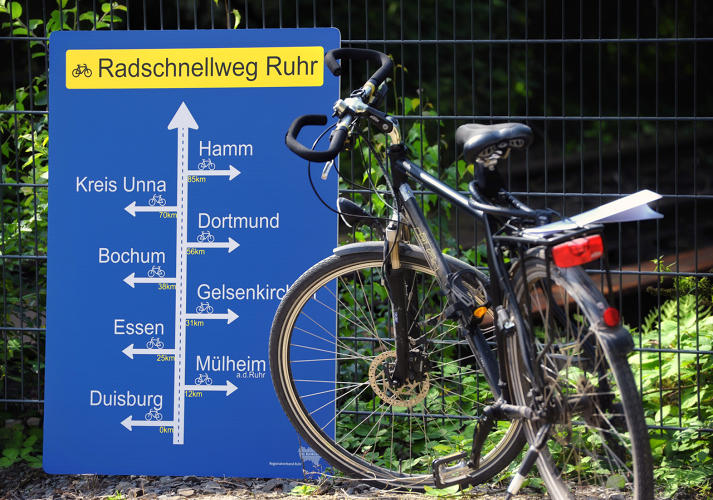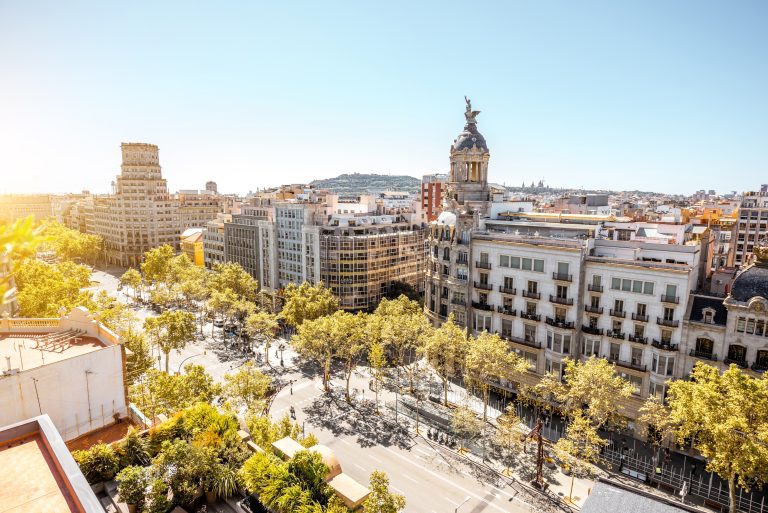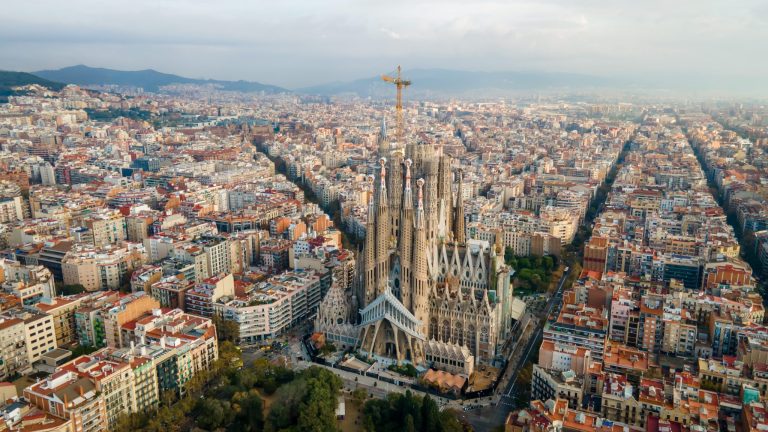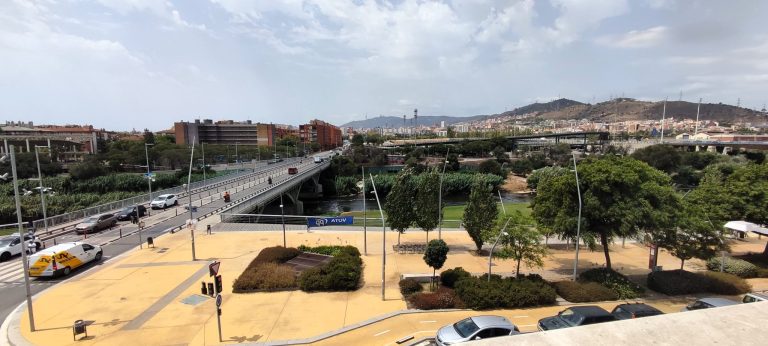Would you leave your car in the garage and commute to work on your bicycle? The people in-charge of the Radschnellweg project in Germany, a 62-miles long bicycle highway in the Ruhr area, think that we should and that most of us will.
Spatial planner Martin Tönnes took the opportunity to cycle from Essen to Dortmund. “There were so many people that, for the first time in my life, I experienced a bicycle traffic jam!” he recalls. “But that was when we started thinking about building a highway for bikes through the Ruhr Area. When we saw this mass of people cycling down the motorway, we understood there was a real demand.’’
That was in 2010 when the motorway between the German cities of Duisburg and Dortmund was closed as part of a cultural project. Three million people, walked, skated or cycled along the road. Five years later, in December 2015, the first Radschnellweg (bicycle highway) in Germany was opened. It stretches between the western cities of Mülheim an der Ruhr and Essen. It is just the first segment of what is going to be the biggest bicycle highway in the world: 62-miles long, connecting 10 cities and four universities.
When complete, the network will remove 50,000 cars from the road – with an associated annual reduction of 16,000 tonnes of CO2 emissions – according to the Regional Assocation Ruhr. This new bicycle highway is very different from the narrow, painted strips which cyclists are used to in German cities. It is fully segregated from cars, a comfortable 13-ft wide, and equipped with flyovers and tunnels to avoid intersections (a footpath runs parallel to it). It is also fully lit, and will be cleared of snow in winter.
Bicycle highways are not a modern invention: the first was opened back in 1900 in California, with the opening stretch connecting the Green and the Raymond hotels, both in Pasadena. Also The Netherlands started building bicycle highways in 2006 as a means to combat traffic jams. The concept evolves constantly, there are plans for artworks along the highway that change with the weather conditions. Another for a multifunctional highway where people can practice all kinds of sports when the rush hour is done – not to mention a highway with Wi-Fi hotspots and the possibility to charge your electric bike along the way. There’s also a plan for a highway that shelters cyclists from crosswinds by screens that rotate with the wind direction.
Even though this Radschnellweg is a good step forward it has it’s challenges. Ineke Spapé, a Dutch traffic planner and bicycle professor at Breda University of Applied Sciences presents one of them. “For example, the Germans have guidelines that require footpaths parallel to their bicycle highways. When this is not possible, don’t cancel the plan: be pragmatic. What you want is to get people on their bikes – because the bike really is the future.’’
How much congestion? A 2014 study into the lane by the Federal Ministry of Transport says that it could replace up to 52,000 car journeys. But that’s not even the best part. The study also estimated that savings due to the health benefits of cycling could be as much as five times the cost of building the bikeway.
Source : The Guardian
Photo: FastCoexist






